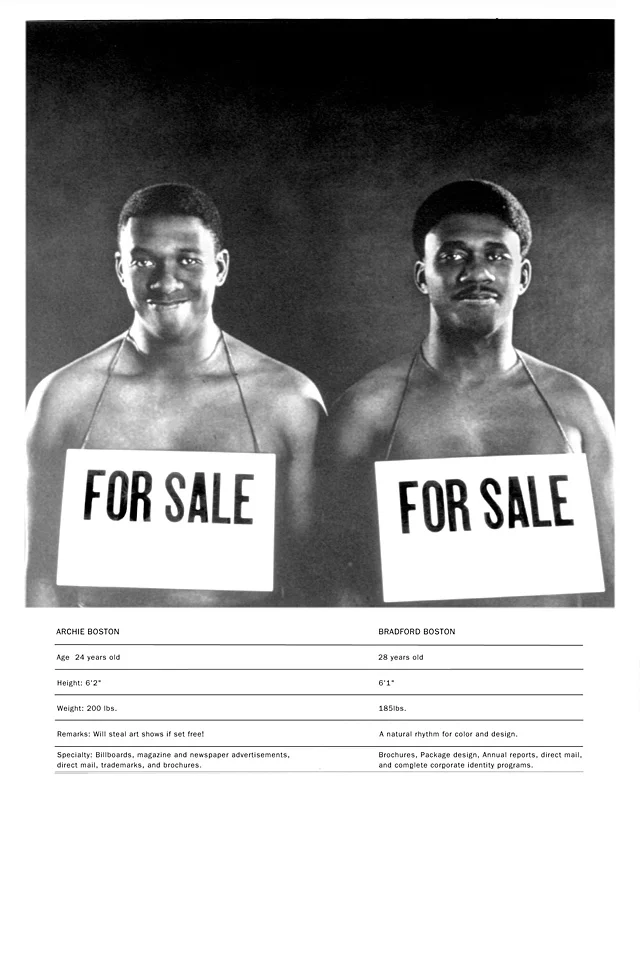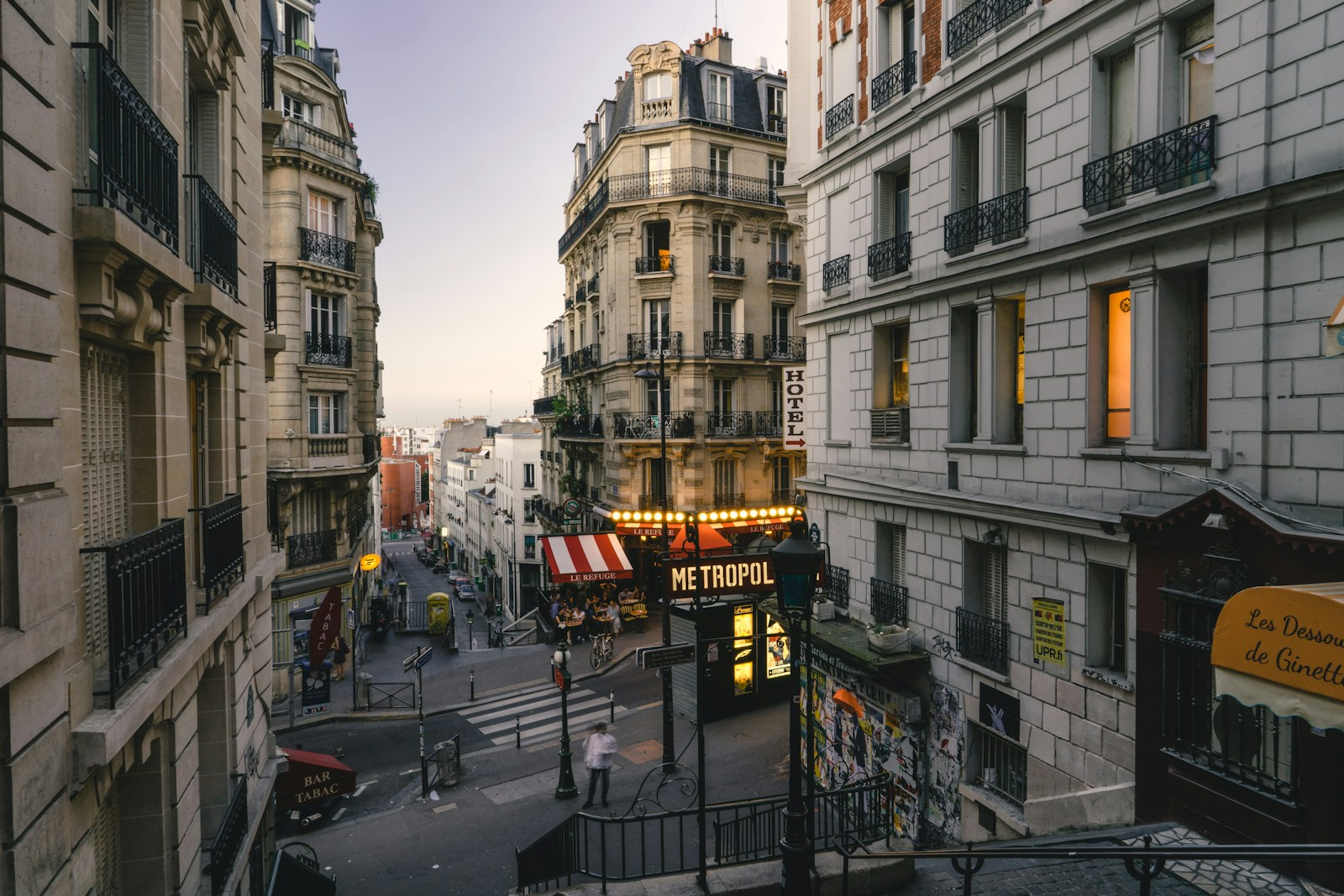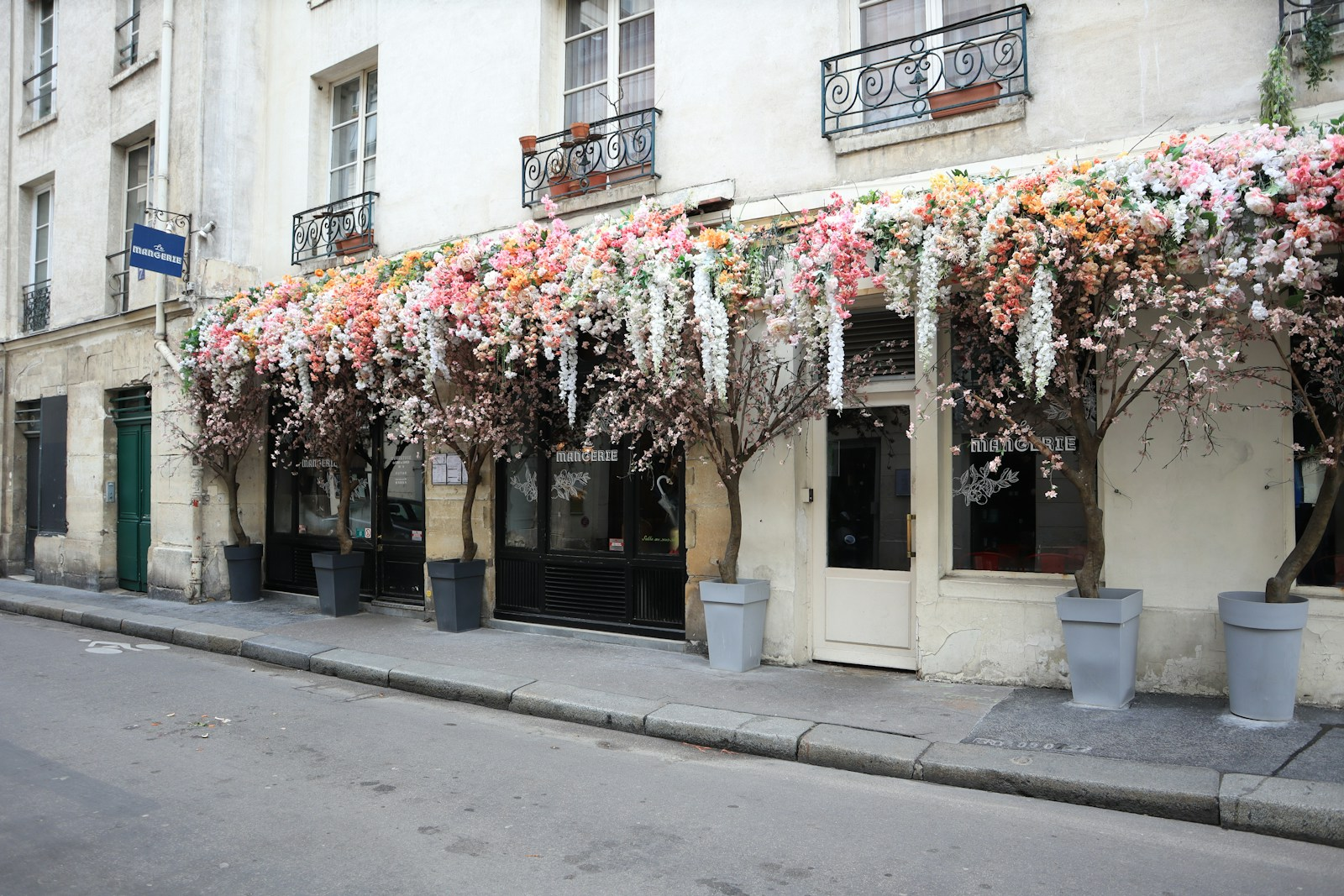Archie Boston Jr. used design as a tool for social justice in the 1960s and 70s, reshaping the role of the designer as activist, educator, and cultural voice.
Archie Boston Jr. stands as one of the most pivotal voices in American graphic design, not only for his creative vision but for the way he used design as a platform for social commentary during a time of deep cultural upheaval. At the height of the 1960s and 70s, when civil rights protests, anti-war demonstrations, and cultural revolutions shook the United States, Boston’s work showed how design could speak truth to power and reflect the urgent struggles of the moment.
A Designer Emerging in a Turbulent Era
Born in 1943, Archie Boston Jr. entered the design field at a time when the profession was overwhelmingly white and often blind to issues of race and equity. Alongside his brother Bradford Boston, he co-founded Boston & Boston in 1967, one of the first Black-owned design firms in the United States. Establishing such a studio was an act of defiance in itself—proving that creative excellence did not belong to one demographic.
The 1960s were marked by the Civil Rights Movement, the assassination of Dr. Martin Luther King Jr., and the rise of Black Power as a cultural and political force. Instead of separating his design practice from these realities, Archie Boston Jr. leaned into them. His work made bold statements about identity, inequality, and social justice, reflecting the complexities of being a Black designer in an America that was still struggling to accept integration.
Bold Visual Language and Radical Self-Representation
Archie Boston Jr. understood the power of images in shaping perception. His advertisements and posters often carried a confrontational tone, challenging stereotypes and forcing audiences to look at Black identity through an unfiltered lens. For example, his promotional self-portrait campaigns for Boston & Boston didn’t shy away from race; instead, they amplified it.
In one striking ad, Boston appears with a target drawn on his chest—a chilling reference to the violence Black Americans faced at the hands of systemic racism. Rather than playing it safe, he used design to capture the fear, anger, and determination of the era. These visuals went beyond selling design services. They were statements of existence, resilience, and resistance.
The Influence of Pop Culture and Protest
The late 60s and early 70s were also defined by radical shifts in pop culture—psychedelic art, anti-war posters, and experimental typography were flooding magazines and public spaces. Boston absorbed these trends but filtered them through the lens of race and justice. His work aligned with the visual language of protest while carving out a distinctly personal and political space.
By blending bold photography, witty headlines, and provocative layouts, he connected design to the broader countercultural and activist movements. In doing so, Boston helped expand the role of the designer from a visual problem-solver to a cultural commentator.
Teaching, Mentorship, and Legacy
Beyond his commercial work, Archie Boston Jr. dedicated much of his life to teaching. As a professor at California State University, Long Beach, he mentored generations of designers who would go on to shape industries themselves. His commitment to education was inseparable from his commitment to representation. By standing at the front of a classroom, he embodied possibility for young designers of color who rarely saw themselves reflected in the design canon.
His teachings emphasized not only craft but also courage—the courage to bring personal and cultural truths into one’s work. For Boston, design was not simply about solving corporate communication problems. It was about storytelling, about identity, and about using creativity to confront injustice.
Archie Boston Jr.’s Enduring Relevance
Today, as conversations around diversity, equity, and inclusion gain renewed urgency in the design industry, Archie Boston Jr.’s legacy feels more relevant than ever. His willingness to put race and justice at the center of his practice paved the way for designers who now use their work to address climate change, systemic racism, gender inequality, and more.
What Boston accomplished in the 1960s and 70s was revolutionary. He showed that design could be both a business and a form of activism. He demonstrated that a visual language of resistance could disrupt the status quo and shift public consciousness. And he reminded us that designers are not just decorators of culture, but shapers of it.
Conclusion
Archie Boston Jr.’s story is not simply about breaking into a segregated industry—it is about using design as a tool of liberation. In the turbulence of the 1960s and 70s, Boston transformed the role of the designer into that of a cultural agitator and truth-teller. His work remains a reminder that creativity is not neutral. It has the power to expose injustice, demand recognition, and inspire change.
For anyone interested in the intersection of design and social justice, Archie Boston Jr. remains an essential figure. His life and legacy ask a vital question: what responsibility do designers have to the world beyond the page, the poster, or the screen?




